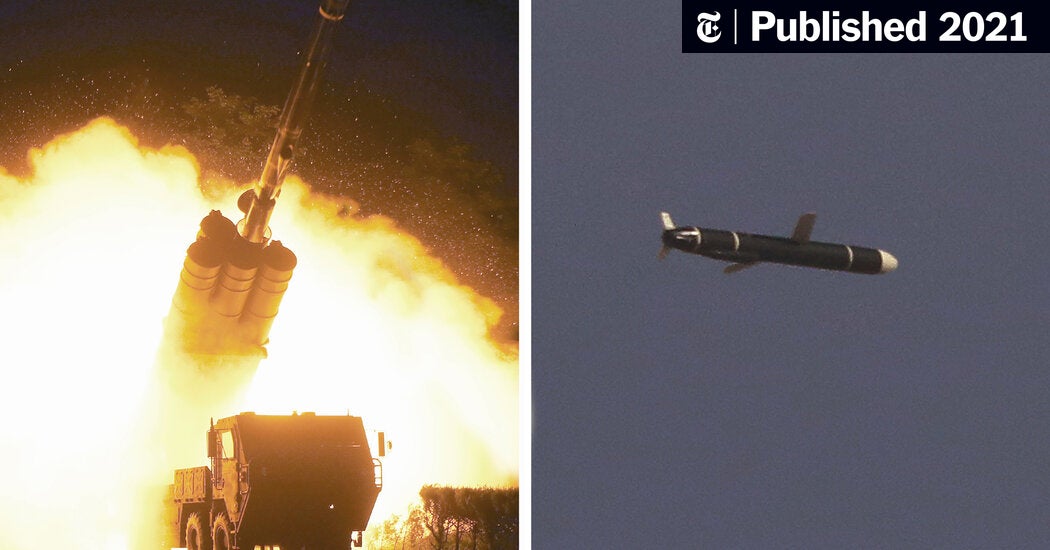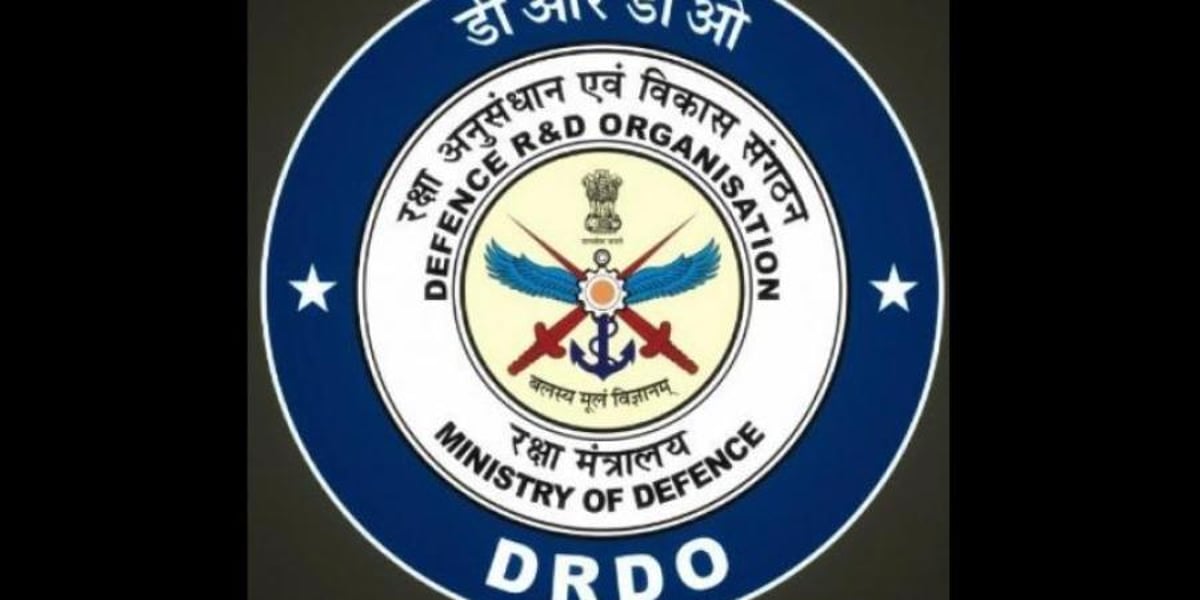- Joined
- Feb 9, 2021
- Messages
- 2,181
- Likes
- 10,450
ITCM flew 100 km with indigenous engine.. That's a great positive..Nirbhay is a Shrapit missile for DRDO.
ITCM flew 100 km with indigenous engine.. That's a great positive..Nirbhay is a Shrapit missile for DRDO.
When you have cost overrun, you want to save your skin from audit people.Times Now and TOI are part of same media group.
TOI article says Nirbhaya, but isn’t ITCM different from Nirbhaya program?
Sometimes i feel we over use this excuse that US failed many times and now is successfull.No. We are using a 100% indigenous approach including engine.
You have to expect an increment based output. Look at how many times ths US fails their weapons tests but 10 years on they are using and selling the same to countries like India.

ITCM Tests with Manik engine are ongoing, although they aren't being made public. Nirbhay with Russian NPO Saturn 36MT engine has already operationalized, probably somewhere between 100-200 missiles.no news on this. Are they redesigning the missle?
Is not NOTAM warning needed for missle test?ITCM Tests with Manik engine are ongoing, although they aren't being made public.
Multiple notams were issued earlier but nothing came in mediaIs not NOTAM warning needed for missle test?
Source broITCM Tests with Manik engine are ongoing, although they aren't being made public. Nirbhay with Russian NPO Saturn 36MT engine has already operationalized, probably somewhere between 100-200 missiles.
Multiple NOTAMs bro, but nothing came of light from them.Source bro
If this could help...Source bro

It was tested with indigenous Manik engine which is a tough tech.This is getting annoying...
Homegrown cruise missile system hit by technical snag
Fresh test of ITCM ‘failed’ on Friday after its engine developed problems
By Hemant Kumar Rout
Express News Service
BHUBANESWAR: A fresh test of India’s indigenous technology cruise missile (ITCM) system ‘failed’ on Friday after its engine reportedly developed snags. The system, a technology demonstrator, was tested with indigenously developed small turbo fan engine (STFE) ‘Manik’ and an upgraded radio frequency seeker from the Integrated Test Range (ITR) off Odisha coast.
Defence sources said the engine developed technical glitches after the initial booster phase, and the missile system plunged into the sea within 30 seconds of the launch. The mission had assumed significance as the missile with indigenous STFE developed by Gas Turbine Research Establishment (GTRE) would pave the way for development of a long-range land attack cruise missile that the country has been expecting since long.
“The engine was supposed to start after the initial take-off from the specially designed mobile launcher. But it did not start, possibly owing to a snag. The system then fell down,” said a defence scientist associated with the mission.Since the engine did not start it would be difficult to say how it developed snags and whether any external factor was responsible for it. Issues, if any, with the design of the system will also be looked into, he added.
This was the second failure of the system in the last two years. Of the three tests of the ITCM conducted since 2020, two have failed and one achieved ‘partial success’. During the first trial on October 12, 2020, the system deviated from the pre-coordinated flight path prompting the mission team to kill the missile mid-air to prevent damages to human habitation as the same engine had failed to function. The second trial on August 11 last year though was ‘partially’ successful as the engine performed as expected but the missile system could not travel the desired range reportedly due to some issues with the control mechanism.
Developed by Aeronautical Development Establishment (ADE) lab of DRDO, the ITCM technology demonstrator uses the sub-sonic cruise missile Nirbhay platform for validating the STFE of 450 KGF thrust class. The country’s first cruise missile Nirbhay was equipped with Russian origin NPO Saturn 36MT turbofan.
DRDO Chairman Samir V Kamat did not respond to calls and messages from TNIE. ADE Director Y Dilip refused to comment. Both were present at the test range during the vital mission, sources said.

Homegrown cruise missile system hit by technical snag
BHUBANESWAR: A fresh test of India’s indigenous technology cruise missile (ITCM) system ‘failed’ on Friday after its engine reportedly developed snags. The systwww.newindianexpress.com
Yup, cruise missiles are more-or-less planes; we just need even more tests.It was tested with indigenous Manik engine which is a tough tech.
Not disappointed so.
Not surprising too, since its a combination of ADE and GTREIt was tested with indigenous Manik engine which is a tough tech.
Not disappointed so.

Agree. But.Keep failing to success!!! That's how you build know how and know why.
If the next test took over a year after the previously failed test, then some serious redesigns have been done. I don't think it is the cost issue of multiple tests that was a hindrance. Manik is a Gas Turbine at the heart of it. And our 1st one. It will be toughAgree. But.
It is totally unacceptable that after one failure of the Nirbhay/ITCM, the next test takes almost a year(min) or more to be conducted.
At least retesting an ICBM with above 12000 km range is an complex task and some amount of delay is justified.
Now we are focusing on the testing and validation of the indigenous Manik STFE. Very much needed and vital that it succeeds. It can power an entire range of future cruise missiles from anti ship missiles to land attack cruise missiles. Of varying ranges.
So why use an high cost Nirbhay/ITCM to test the Manik. Why not use cheap short range missiles of even 200km or slightly greater range one for mounting the Manik. We need not equip such missiles with expensive seekers for terminal guidance. I am sure we have enough aerospace knowledge to design an relatively inexpensive short range version of the ITCM. Let this cruise missile travel in a linear straight line without way point navigation. No problem. It can perform complex manoeuvres later.
Our first aim is to make the Manik airworthy at the least cost. Prove the propulsion system first. Slowly increase the range like 200 to 300 to 500 to 750 kms etc. Let the Manik prove itself for safe, reliable operation by working for longer time periods and distances. Gradually increase its operational envelope.
The relatively low cost of the launch platform should permit multiple launches in a calendar year, say one launch every two months. I don't think our scientists and engineers need more than 2 months to analyse a failure and carry out design changes on a cruise missile engine since we already have quite a long experience curve.
There is no way we will not succeed if the Manik engine is tested multiple times and lessons learnt are translated into suitable technical modifications. An greatly accelerated testing regimen is required to make the Manik fully operational.
After the Manik proves itself the fully loaded ITCM with 1500km(initial) range and necessary capabilities can be tested and validated.
The first test of the Nirbhay with the Russian Saturn small turbofan engine took place in 2013.So it's been quite a long time in development.If the next test took over a year after the previously failed test, then some serious redesigns have been done. I don't think it is the cost issue of multiple tests that was a hindrance. Manik is a Gas Turbine at the heart of it. And our 1st one. It will be tough
